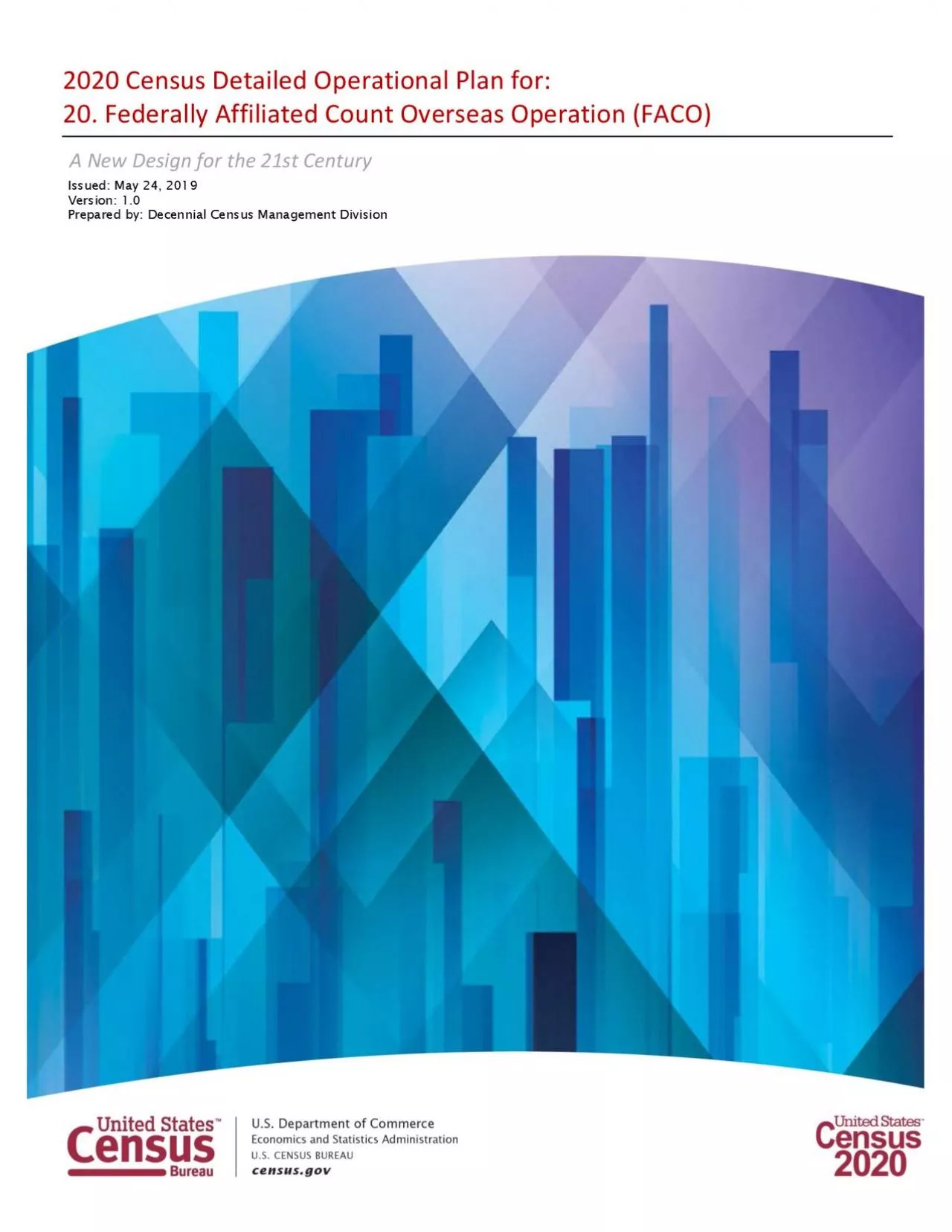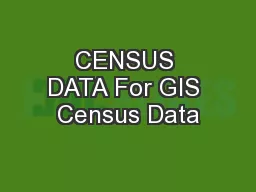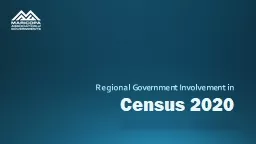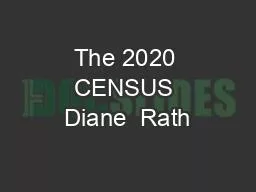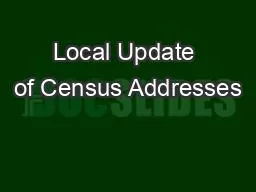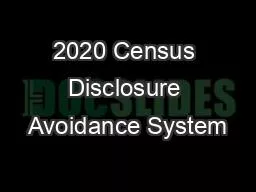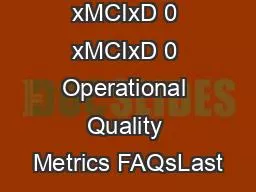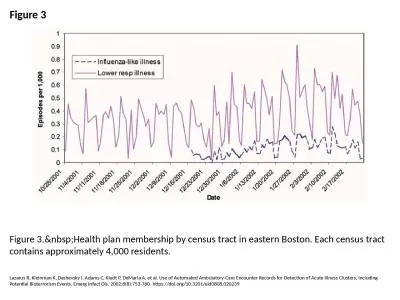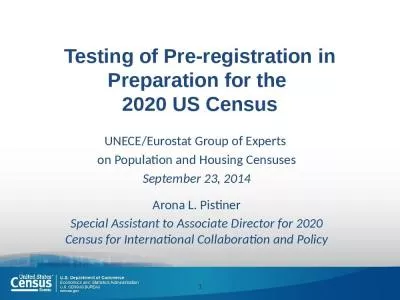PDF-2020 Census Detailed Operational Plan for:
Author : cappi | Published Date : 2021-01-05
Version 10 May 28 2019 Final 20 Federally Affiliated Count Overseas Operation FACO Issued May 24 2019 Version 1 0 Prepared by Decen nial Census Management Division A
Presentation Embed Code
Download Presentation
Download Presentation The PPT/PDF document "2020 Census Detailed Operational Plan fo..." is the property of its rightful owner. Permission is granted to download and print the materials on this website for personal, non-commercial use only, and to display it on your personal computer provided you do not modify the materials and that you retain all copyright notices contained in the materials. By downloading content from our website, you accept the terms of this agreement.
2020 Census Detailed Operational Plan for:: Transcript
Download Rules Of Document
"2020 Census Detailed Operational Plan for:"The content belongs to its owner. You may download and print it for personal use, without modification, and keep all copyright notices. By downloading, you agree to these terms.
Related Documents

